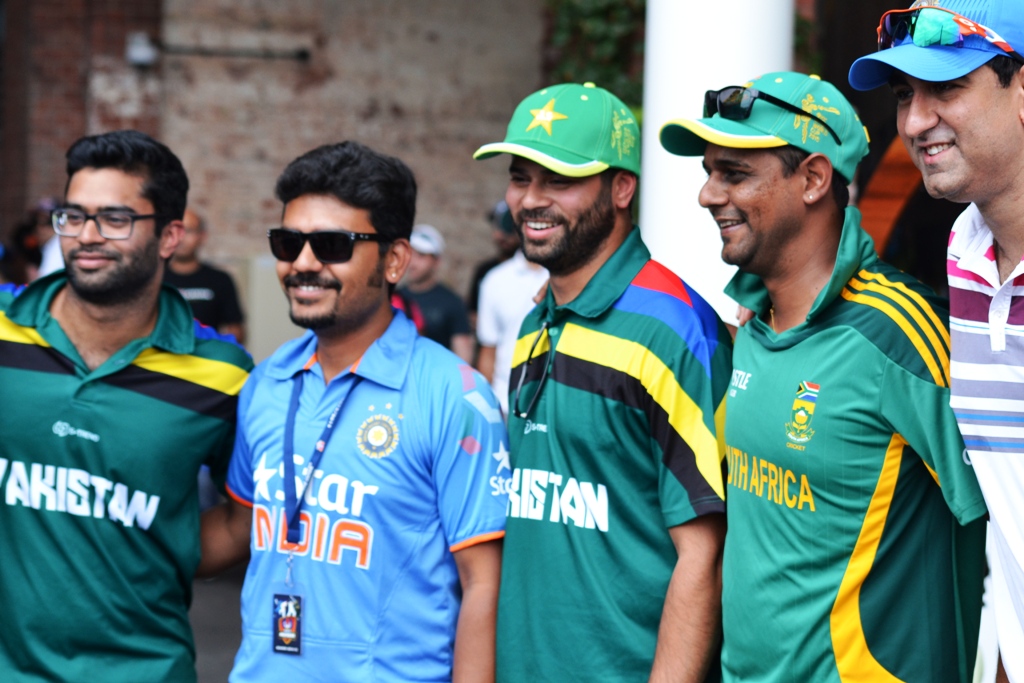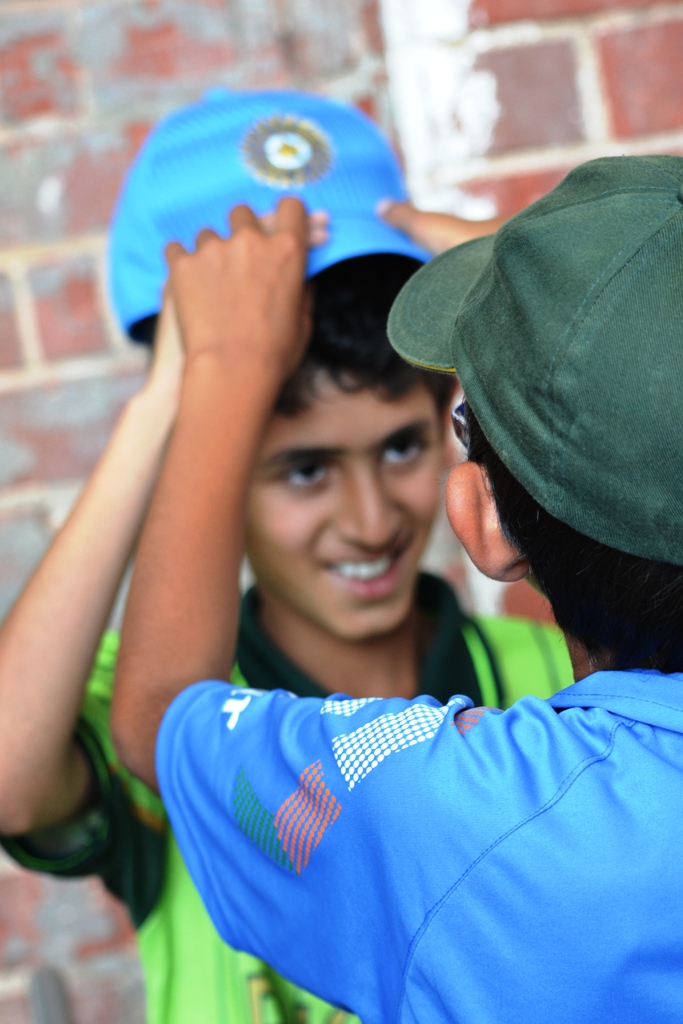
It was two hours after the India-Pakistan World Cup match had ended on June 16, 2019, and the Curry Mile in Manchester was a sight to behold. One side of the road was dark, and all the Pakistani restaurants wore a deserted look. On the other, every Indian restaurant was full, and every conceivable dance form was on view. People were moving to the dhol and the bhangra was impromptu and full of energy. The tricolour was everywhere, and the party had just begun. India had again beaten Pakistan in a World Cup encounter, and yet again, it had been a one0sided contest.
For the contest to retain its charm, we needed a better Pakistan. The cricket world needed a Pakistan team that was not a pushover, one that could stand up and compete. The Champions Trophy final in 2017 was an aberration. Until 2019, at least, India were a far superior side. In fact, on the eve of that 2019 match, every former Pakistani cricketer and journalist agreed that India started as overwhelming favourites, and it would be a real surprise if Pakistan managed to beat Virat Kohli and his team. That’s not what this rivalry needed going forward. Unless there is competition, there is no rivalry. Fans, after a point, would not want to watch one-sided games, and would start to take things for granted. Frankly, the India-Pakistan contest, for some years, became an overhyped spectacle which the cricket world could live without.
Things finally changed in 2021 in Dubai. A resurgent Pakistan led by Babar Azam and Shaheen Shah Afridi tore into an undercooked India and made a real statement. Mohammed Rizwan at the top with Babar was, all of a sudden, a force to reckon with and we had a contest on our hands. Something that could truly be labelled as the world’s most intense cricketing rivalry. With Babar, Rizwan and someone like Iftikhar in the middle order, Pakistan now has real meat in batting. And with Shaheen, Naseem Shah and Haris Rauf in the bowling, it could well be the best all-round attack in the world.
In fact, even in the clash on August 28, 2022 Pakistan was valiant in defending 148. They managed to push India back at the top, and had it not been for the individual brilliance of Hardik Pandya, the match could have gone their way. The way young Naseem Shah bowled despite suffering from serious cramps was testament to the intensity and commitment in this Pakistan team. Even when he wasn’t able to stand straight, he ran in hard and bowled at 140 kmph and even picked up the wicket of Suryakumar Yadav. He almost had Ravindra Jadeja and was denied only by the DRS. Even Mohammed Nawaz was fearless in the manner he bowled the last over. Not only did he get Jadeja, he also managed to take the match to the wire with just two balls remaining. An edge-of-the-seat battle was what we witnessed, and that’s what this rivalry needed.
All of this helped set up the clash on October 23, 2022 in Australia, a match now immortalised by the individual brilliance of Kohli. An innings of pure mastery, it helped elevate that game to a very different level and added much to the rivalry. But even while Kohli did that, Pakistan stayed competitive. Till the very last ball, there was palpable tension. That’s what fans want, and broadcasters dream of.

The question is whether Pakistan can sustain this intensity? The players need handholding and from the evidence on offer, Babar Azam has been able to do the job superbly well. While he did not start too well as captain, with time he has found his mojo and is now one of the best in the world as batter and skipper. In fact, his batting form has helped his captaincy, and the poor start at the helm is now a thing of the past. In Rizwan, who is an absolute livewire on the field, Babar has found a partner who complements the captain well. While Babar is calm and composed, Rizwan is the exact opposite. He is forever jumping around adding to the pulse of the contest.
So what’s the fate of the India-Pakistan rivalry going forward? Will fans continue to embrace it the way they have in the past? Put bluntly, can the political significance attached to an India-Pakistan rivalry keep adding gloss to it going forward?
Suffice to say the evidence on hand conclusively proves the adage that sports and politics don’t mix is wrong. It is because sports and politics always get mixed up in the sub-continent that India-Pakistan is still the contest that it is. People watch it because there is something more than cricket attached to it. While cricket is the centre piece, the extraneous factors attached to it make victory in this contest a huge deal. The last game in Australia is a perfect case study. Days and weeks before the match, tickets were sold out and there was a concurrent viewership of several million for the pre-show on Disney Star, the host broadcaster. The match was watched by millions, and the scenes in the stadium added to the spectacle. What was also good to see was the way the players played down the intensity. The cliché, ‘cricket was the winner in the end’, actually rang true.
With at least two India-Pakistan contests, on September 2 and 10 [unless Nepal sensationally shock India], in the Asia Cup and then the marquee World Cup clash on October 14, fans won’t be starved of seeing these two teams face off in the near future. There will be opportunities for a team that loses a contest to avenge it, and that’s what will keep the fan banter going. Cricket needs this rivalry, and it seems things are well and truly back on track.
It is to celebrate this contest that transcends sport that we have a digital conclave lined up with some of cricket’s best all through the day on September 1. Enjoy the build-up and be a part of it.



